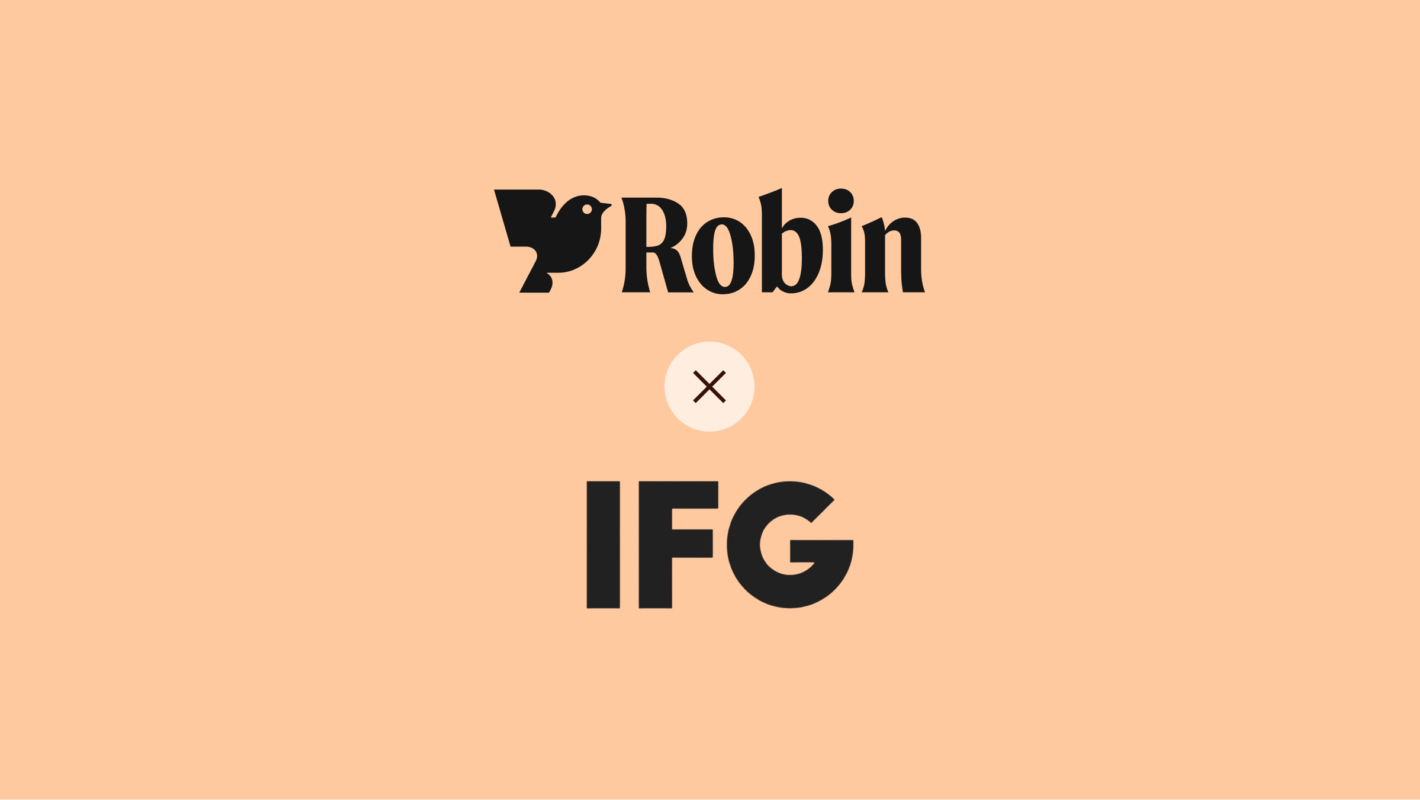Secondaries: Leveraging AI in Private Equity Transactions
November 13, 2024

The global private equity secondaries market is booming: Global secondary volume hit a record $68 billion in the first half of 2024, up from $43 billion a year earlier. The market is set to top $140 billion by end-2024, “spurred by increasing transaction supply, robust secondary pricing, and the signalling of interest rate cuts that may support further growth and equity returns”.
Although small as an asset class, the rapid growth of secondary funds indicates increased popularity. Key to the attractiveness of secondaries is that they offer liquidity without requiring a full exit by allowing investors to sell part or all of their stake in a fund to other investors.
This provides a different option to traditional exits, such as IPOs or M&A, involving the fund itself selling its underlying assets.
In secondaries, the investor simply transfers their ownership stake to another party, so the underlying companies remain in the fund's portfolio without necessarily being impacted.
However, these transactions do require extensive due diligence, which can often mean delays in execution.
This is where AI tools – particularly legal AI – can help streamline the process. Legal AI can significantly reduce the time secondary investors spend on due diligence workstreams by automating data extraction, summarisation and quickly identifying key insights from across often hundreds or thousands of contracts and fund documents.
Why Investors Choose Secondaries
Private equity secondaries are especially attractive in challenging markets where traditional exits are limited, permitting limited partners (LPs) to cash out early without waiting for the fund’s lifecycle to end or for the sale of a particular fund asset.
By providing an avenue for liquidity while keeping existing portfolios intact, secondaries help LPs manage cash needs or rebalance their portfolios without depending on full exits, which are typically subject to market volatility or unfavourable economic or geo-political conditions.
These transactions can also be led directly by General Partners (GPs). GP-led secondary activity accounted for 41% of transaction volume in the first half of 2024, while LP-led volume was $40 billion or 59% of transactions.
GP-led transactions involve rolling the investment into a continuation vehicle, giving LPs the opportunity to stay, adjust their investment or exit. It allows GPs – and LPs that wish to stay – to maintain control over high-performing portfolios while providing liquidity to LPs that wish to exit.
In the context of today’s volatility within stocks and bonds, secondaries can appeal to individual and institutional investors mainly for the following reasons:
- Access to liquidity and flexibility: choosing to go down the secondaries route allows investors in private funds to access cash without having to wait until the fund’s lifecycle ends.
- A shortened investment horizon: for investors in secondaries, accessing funds mid-cycle can mean gaining exposure to more mature assets and sometimes avoiding the more volatile first years.
- Discounted prices: potentially, buying into a fund through secondaries can mean more attractive prices, at a percentage of the reported net asset value.
In short, secondaries can offer upside to both sides of the investment: by selling, LPs can access liquidity sooner than would be typical in the asset class, while they also bring the opportunity for secondary investors to access assets that would otherwise be locked in throughout a fund’s investment period.
Risks and Challenges
However – as with any asset class – the hot secondaries market has its own risks and challenges.
The demand and prices for shares in the secondaries market can fluctuate widely depending on the economy. When the economy is weak, share values in these private markets assets often drop. Buyers may become cautious or try to buy shares at lower prices.
One of the challenges in private equity transactions in general is the lack of readily available benchmarks for asset valuation. This makes secondaries’ pricing more difficult. Past valuations might not reflect today’s market conditions, and often depend heavily on GP reporting. Insights into a GP’s track record can be crucial, too.
Due diligence is key when considering an investment in secondaries to avoid mispricing, but conducting an effective due diligence process can in itself be a challenge given the often extensive time and money costs involved.
Leveraging AI to Streamline Investing in Secondaries
Leveraging AI in secondaries can substantially streamline the diligence and investment committee process. AI tools can analyse large datasets, including historical performance and market trends, to provide insights into fund valuations, risk factors, and exit opportunities.
Predictive models powered by machine learning can forecast market movements and assess the potential of secondary assets.
AI can also optimise due diligence, quickly highlighting key data points and identifying red flags. For investors, this means faster, more informed decisions, as well as reduced risk, and the ability to identify undervalued assets in a complex, typically less transparent secondaries market.
Tools such as Robin AI can help streamline the lengthy, expensive process of reviewing thousands of documents at fund or portfolio level, reducing the time it takes to produce the first cut of any due diligence report from days or weeks to minutes.
In September 2023, the University of Cambridge Investment Management (UCIM) team started using Robin AI.
With over $5 billion in assets under management but no in-house legal team, UCIM was spending precious time reviewing complex documents internally or outsourcing them to law firms at their hourly rate, explains Sam Sturge, director of private investments at UCIM.
For a Limited Partnership Agreement of 150 pages, “it would take one of our team members 8, 10, 12 hours to review, but Robin Reports can do it in 5-10 minutes, and we get a really robust answer,” Sturge adds.
When UCIM engages lawyers in the process, they can simply tell them to focus on key areas, maximising their efficiency, explains Sturge.
As private equity secondaries become an increasingly popular asset class, AI tools like Robin AI are set to play an essential role in investors' toolkits.
By simplifying tasks such as contract analysis, due diligence, and risk assessment, AI-powered solutions allow investors to make faster, more accurate decisions – while saving money and time.
This content is for informational purposes only and does not constitute investment advice.

